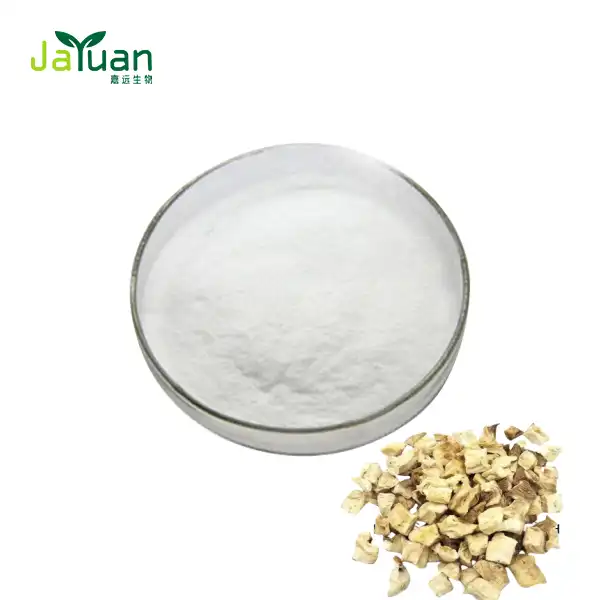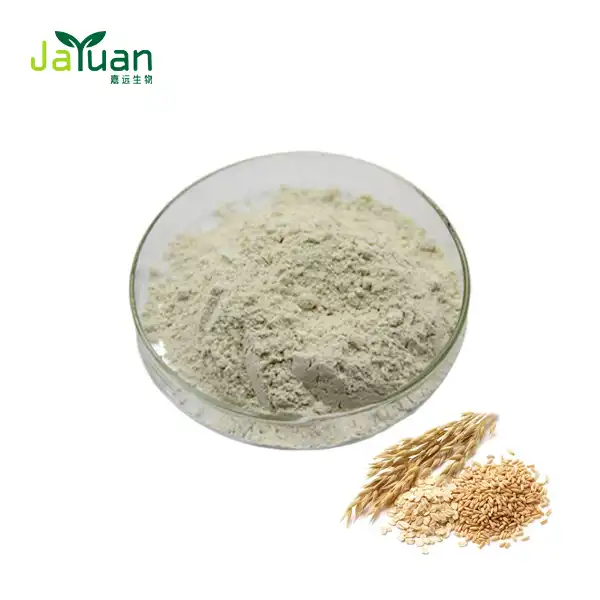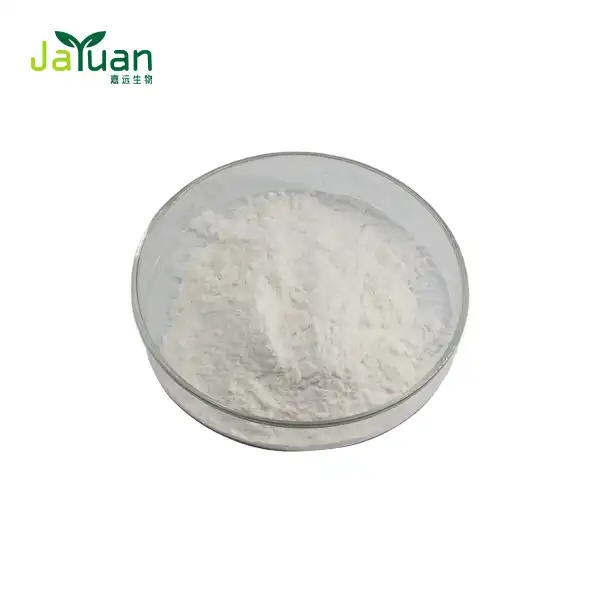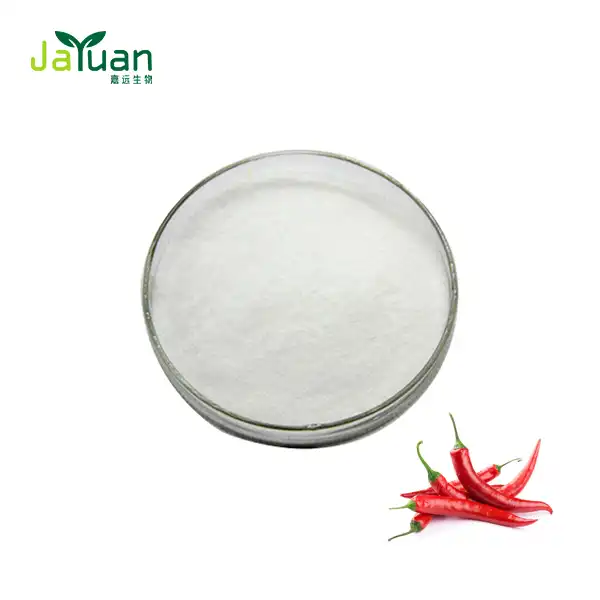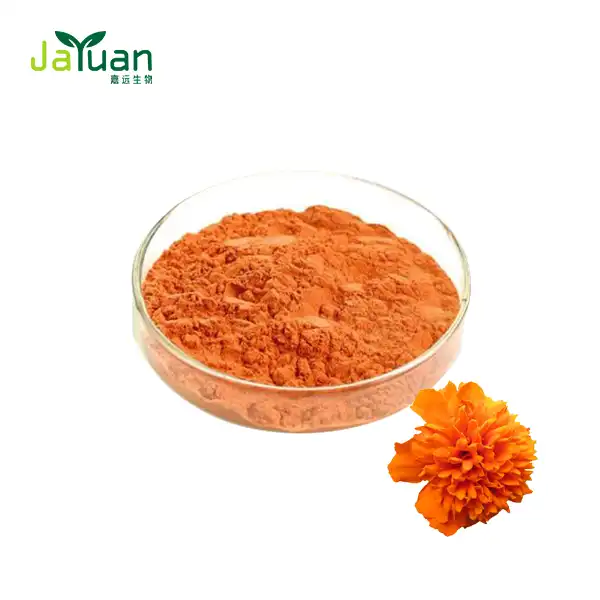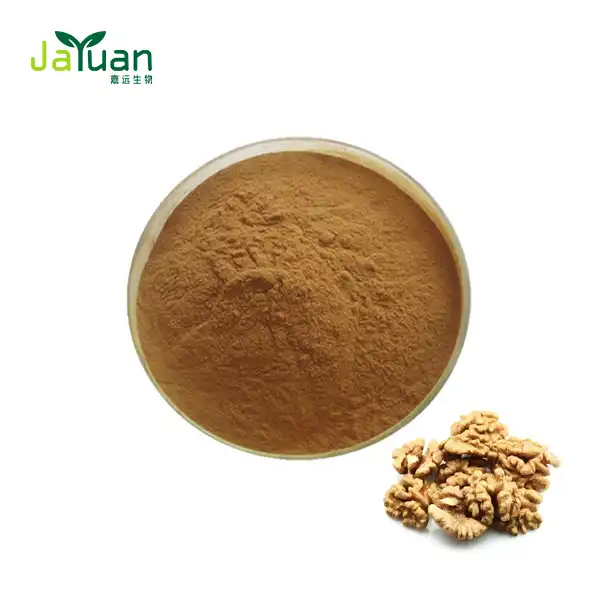How should Cucoline Hydrochloride be administered?
Cucoline Hydrochloride, a build acquiring expanding consideration in the domains of organic chemistry and pharmacology, has provoked the curiosity of specialists, medical services experts, and industry specialists the same. As we dig into the complexities of its organization, it becomes significant to comprehend the subtleties encompassing this flexible substance. In this exhaustive aide, we will investigate the appropriate techniques for directing Cucoline Hydrochloride, including dose proposals and courses of organization. Moreover, we will examine its likely applications across different fields, alongside significant contemplations for its utilization to guarantee security and adequacy in both clinical and modern settings.
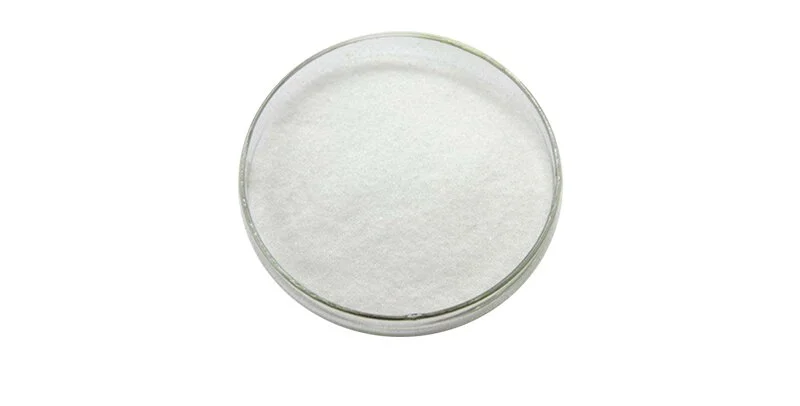
Cucoline Hydrochloride: Composition and Properties
Cucoline Hydrochloride, also known as Cucohydrochloride, is a salt form of cucoline, a naturally occurring alkaloid found in certain plant species. This intriguing compound exhibits a range of unique chemical properties that make it a subject of significant interest in various scientific studies, particularly in the fields of biochemistry and pharmacology. Its molecular structure consists of a quaternary ammonium cation paired with a chloride anion, which contributes to its high solubility in aqueous solutions, an essential characteristic for many applications.
The crystalline nature of Cucoline Hydrochloride ensures its stability under normal storage conditions, making it easier to handle in both research and industrial settings. However, it is imperative to protect it from excessive heat and moisture to maintain its integrity and prevent degradation. Researchers have noted its potential bioactive properties, leading to investigations into its possible therapeutic applications, which may include enhancing cognitive functions or supporting metabolic processes.
When considering the administration of Cucoline Hydrochloride, it is essential to take into account its physicochemical characteristics. The compound's solubility in water facilitates its incorporation into various formulations, whether for oral, intravenous, or other routes of administration. This property is particularly advantageous when developing pharmaceutical preparations or conducting experimental studies. Overall, understanding the full potential of Cucoline Hydrochloride could pave the way for innovative treatments and applications in health and wellness.
Routes of Administration for Cucoline Hydrochloride
The administration of Cucoline Hydrochloride Powder can be approached through several routes, each with its own set of considerations. The choice of administration route depends on factors such as the intended application, desired onset of action, and the specific research or clinical objectives.
Oral administration is one potential route for the product. This method involves ingesting the compound, typically in the form of capsules, tablets, or solutions. Oral administration offers convenience and is often preferred for substances intended for systemic effects. However, it's crucial to consider factors such as bioavailability and potential degradation in the gastrointestinal tract when opting for this route.
Parenteral administration, which includes intravenous, intramuscular, or subcutaneous injections, presents another avenue for delivering Cucoline Hydrochloride. This route bypasses the gastrointestinal system, allowing for rapid absorption and distribution throughout the body. Parenteral administration is particularly useful in situations requiring precise dosing or immediate effects. However, it necessitates stringent sterility measures and may require professional medical supervision.
Topical application represents yet another potential route for administering Cucoline Hydrochloride Powder. This method involves applying the compound directly to the skin or mucous membranes. Topical administration can be beneficial for localized effects and may minimize systemic exposure. Formulations such as creams, gels, or transdermal patches could be developed to facilitate this route of administration.
The choice of administration route should be guided by the specific research objectives, target tissues, and desired pharmacokinetic profile. Researchers and healthcare professionals must carefully consider these factors when designing protocols or treatment plans involving Cucoline Hydrochloride.

Dosage Considerations and Safety Precautions
Determining the appropriate dosage of it is a critical aspect of its administration. The optimal dose can vary significantly depending on factors such as the intended use, route of administration, and individual characteristics of the subject or patient. It's imperative to establish dosage regimens based on robust scientific evidence and carefully conducted clinical trials.
When administering Cucoline Hydrochloride, it's crucial to start with conservative doses and gradually titrate as needed. This approach allows for the assessment of individual responses and minimizes the risk of adverse effects. Dose-response relationships should be thoroughly evaluated to determine the minimum effective dose and the therapeutic window.
Safety considerations are paramount when administering Cucoline Hydrochloride Powder. As with any bioactive compound, there's a potential for side effects or adverse reactions. Vigilant monitoring for any undesirable effects is essential, particularly during initial administration or dose adjustments. It's advisable to conduct comprehensive toxicology studies to assess the safety profile of Cucoline Hydrochloride across various dosage ranges and administration routes.
Interactions with other medications or substances should also be carefully evaluated. Cucoline Hydrochloride may potentially interact with other compounds, altering their pharmacokinetics or pharmacodynamics. Thorough research into potential drug interactions is crucial to ensure safe and effective administration.
Proper storage and handling of Cucoline Hydrochloride are essential to maintain its stability and efficacy. The compound should be stored in airtight containers, protected from light and moisture. Adherence to good laboratory practices and pharmaceutical manufacturing standards is crucial when preparing formulations containing Cucoline Hydrochloride.
Cucoline Hydrochloride administration, in conclusion, necessitates a meticulous approach that takes into account a variety of factors, including the route of administration, dosage, and safety precautions. It is essential to remain informed about the most recent findings and guidelines as this area of research continues to develop. For those looking for great plant concentrates or custom definitions, Xi'an Jiayuan Bio-Tech offers aptitude in delivering resveratrol, melatonin, and sweet potato extricate. The expertise of their team, solid production procedures, and cutting-edge equipment guarantee the delivery of high-quality goods. To get more familiar with their contributions or to ask about OEM handling administrations, closely involved individuals can connect through email at sales@jayuanbio.com.
References
1. Dewick, P. M. (2009). Medicinal Natural Products: A Biosynthetic Approach. John Wiley & Sons.
2. Aulton, M. E., & Taylor, K. M. (2017). Aulton's Pharmaceutics: The Design and Manufacture of Medicines. Elsevier Health Sciences.
3. Rang, H. P., Ritter, J. M., Flower, R. J., & Henderson, G. (2015). Rang & Dale's Pharmacology. Elsevier Health Sciences.
4. Hillery, A. M., Lloyd, A. W., & Swarbrick, J. (Eds.). (2001). Drug Delivery and Targeting: For Pharmacists and Pharmaceutical Scientists. CRC Press.
5. ICH Guidelines. (2021). International Conference on Harmonisation of Technical Requirements for Registration of Pharmaceuticals for Human Use.

